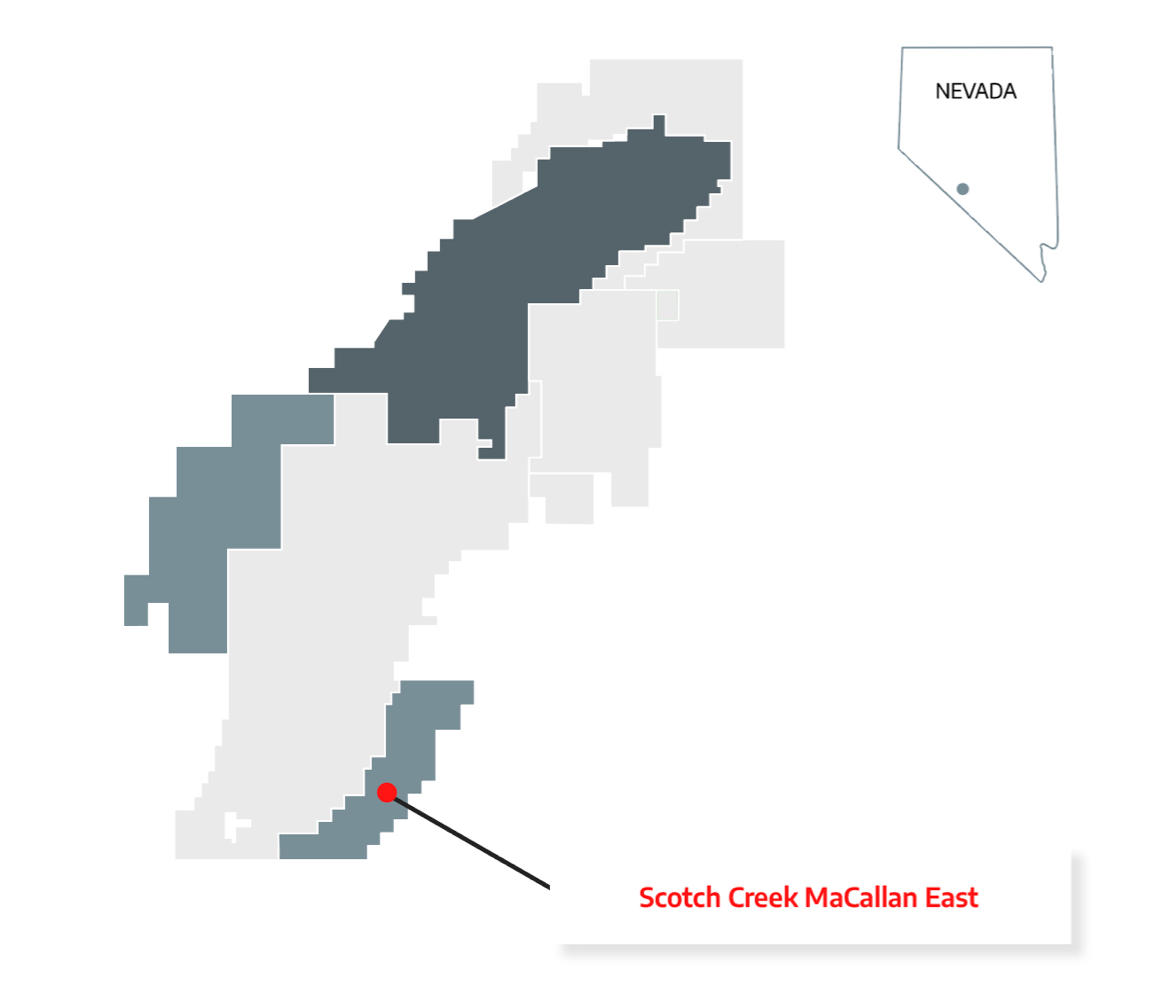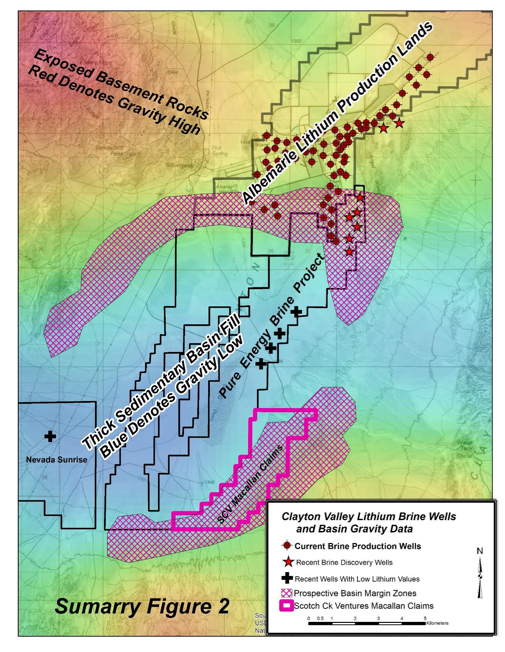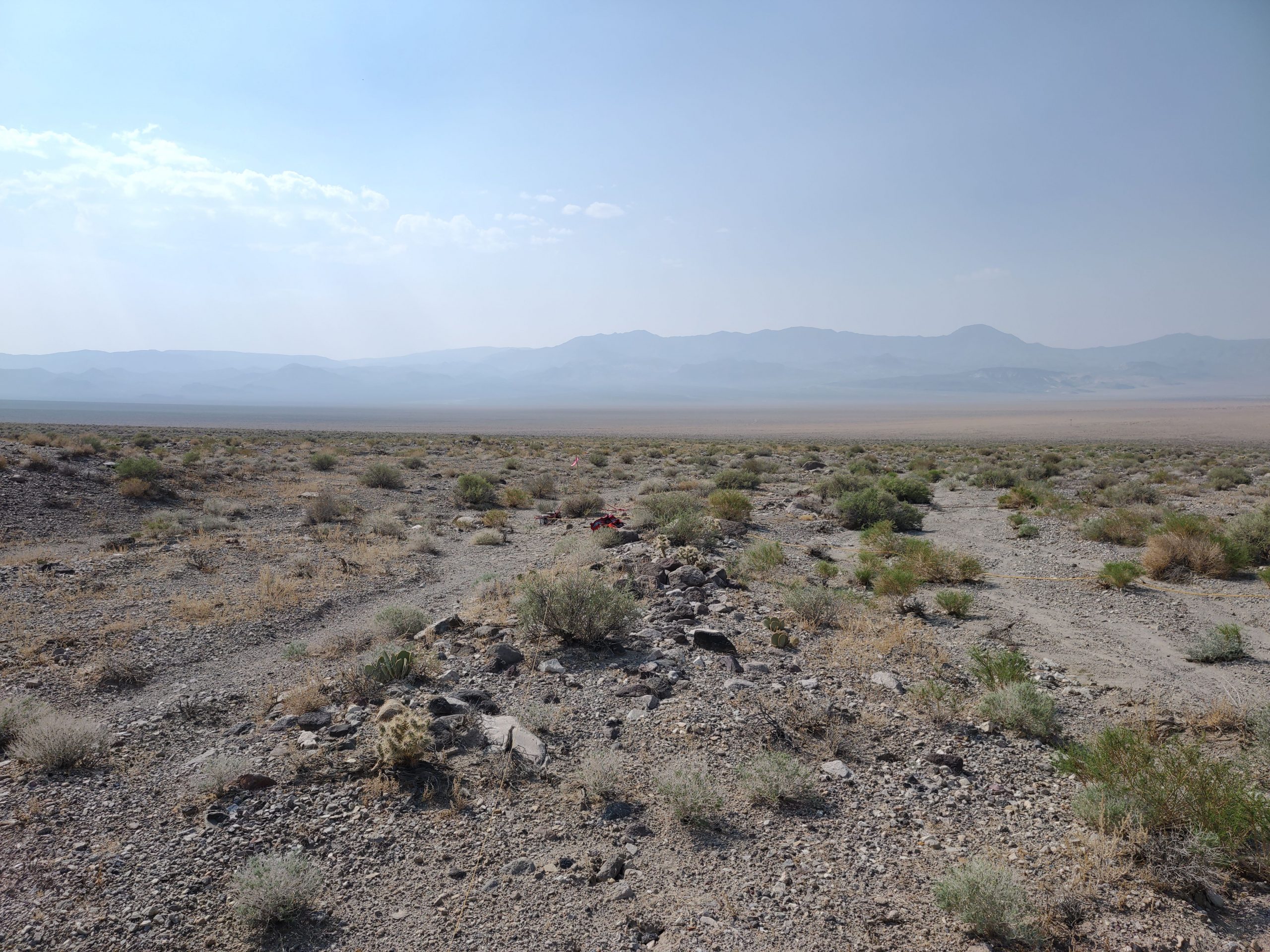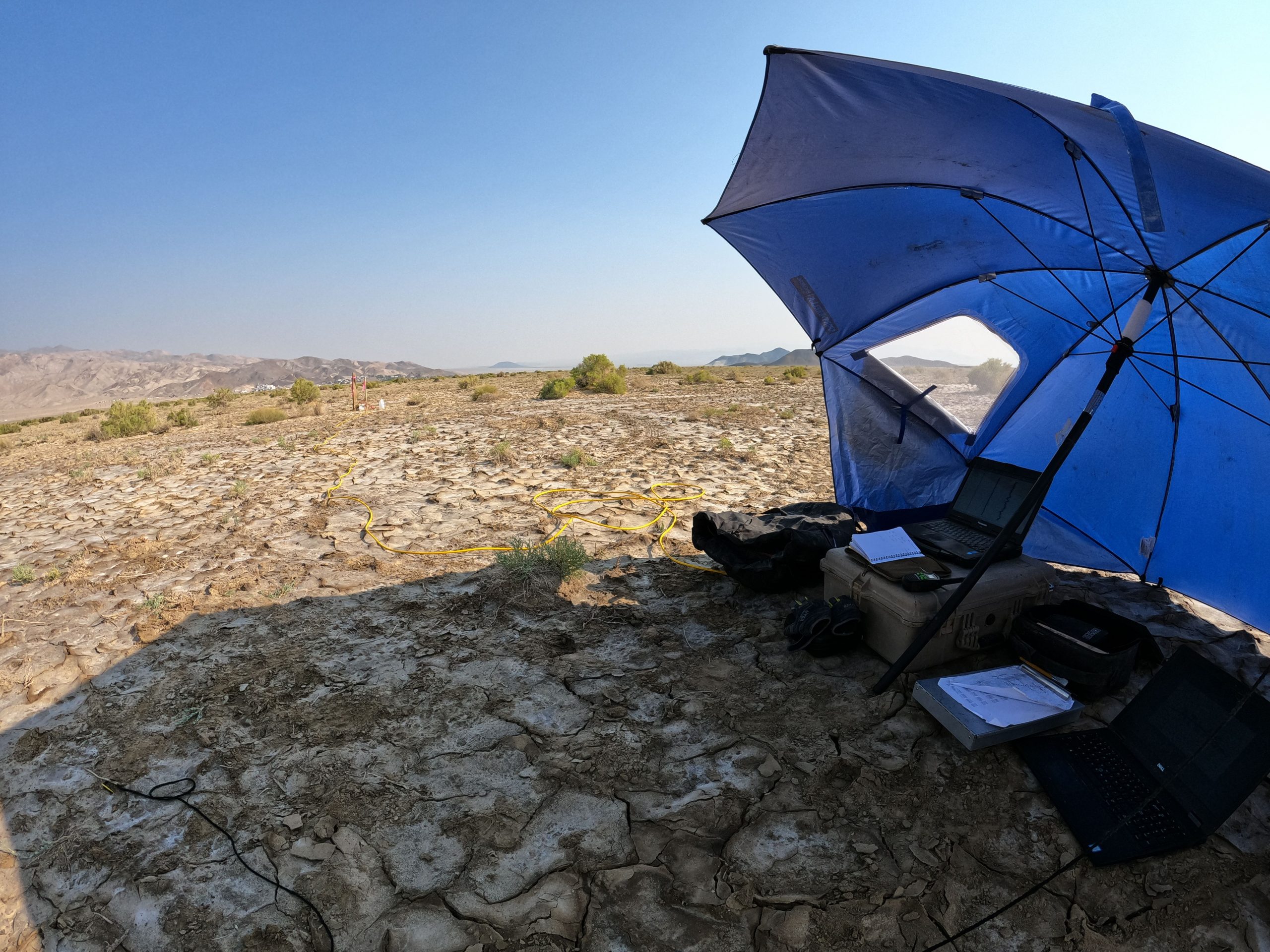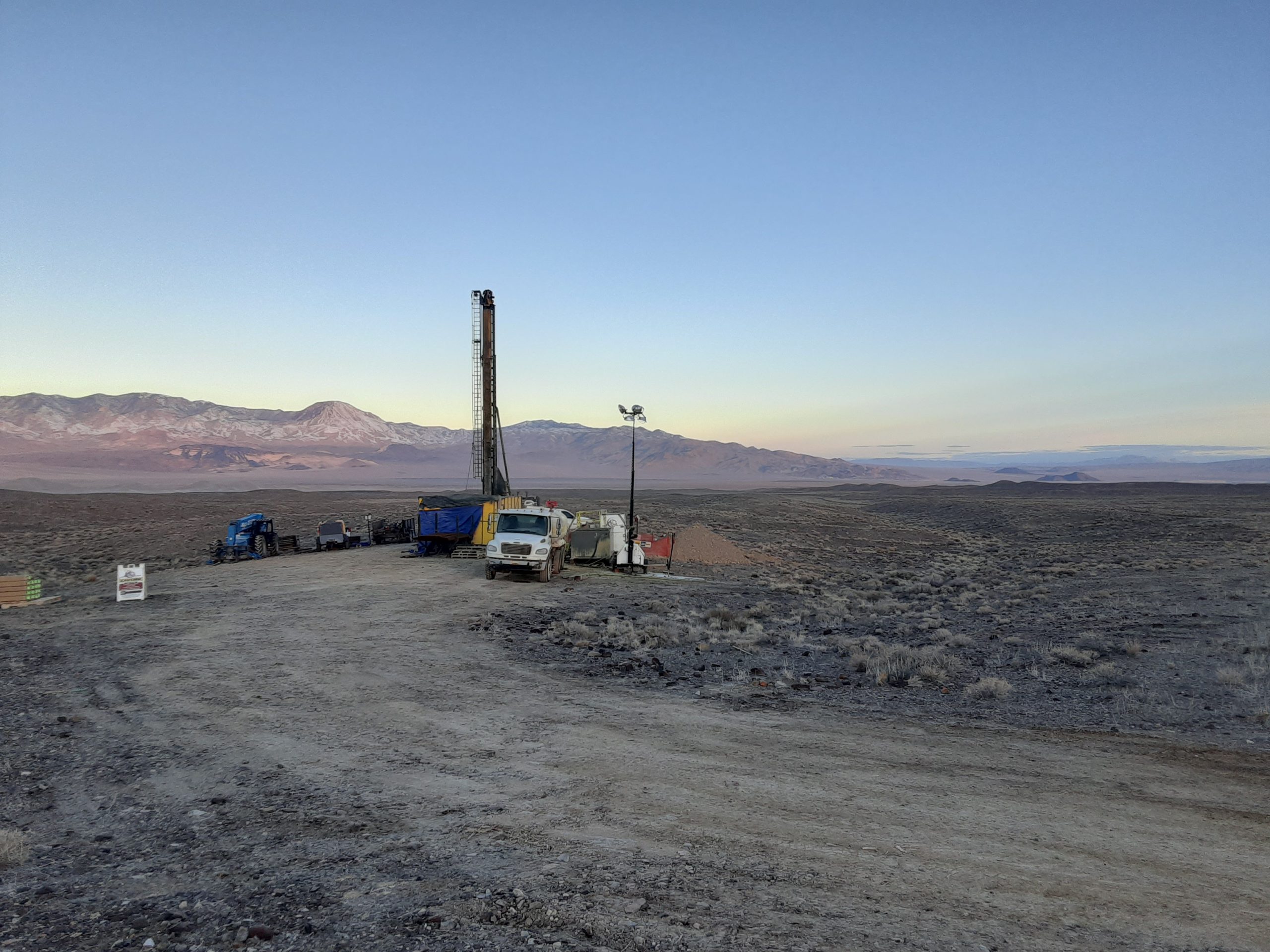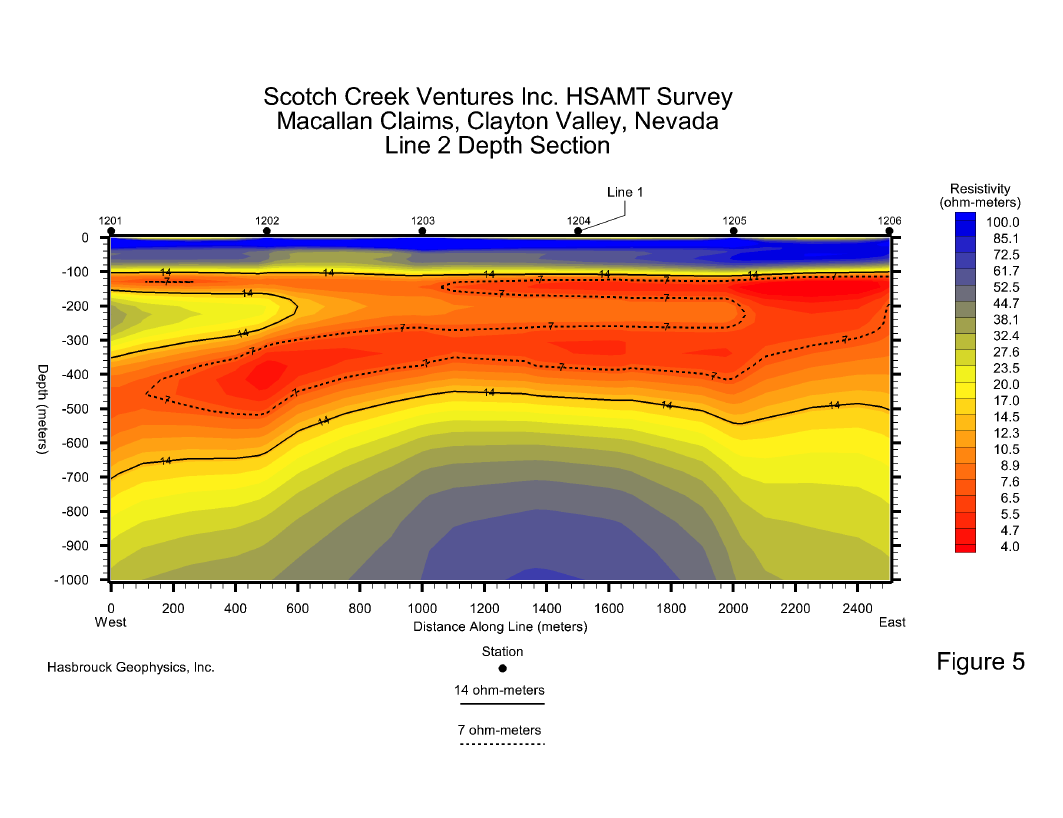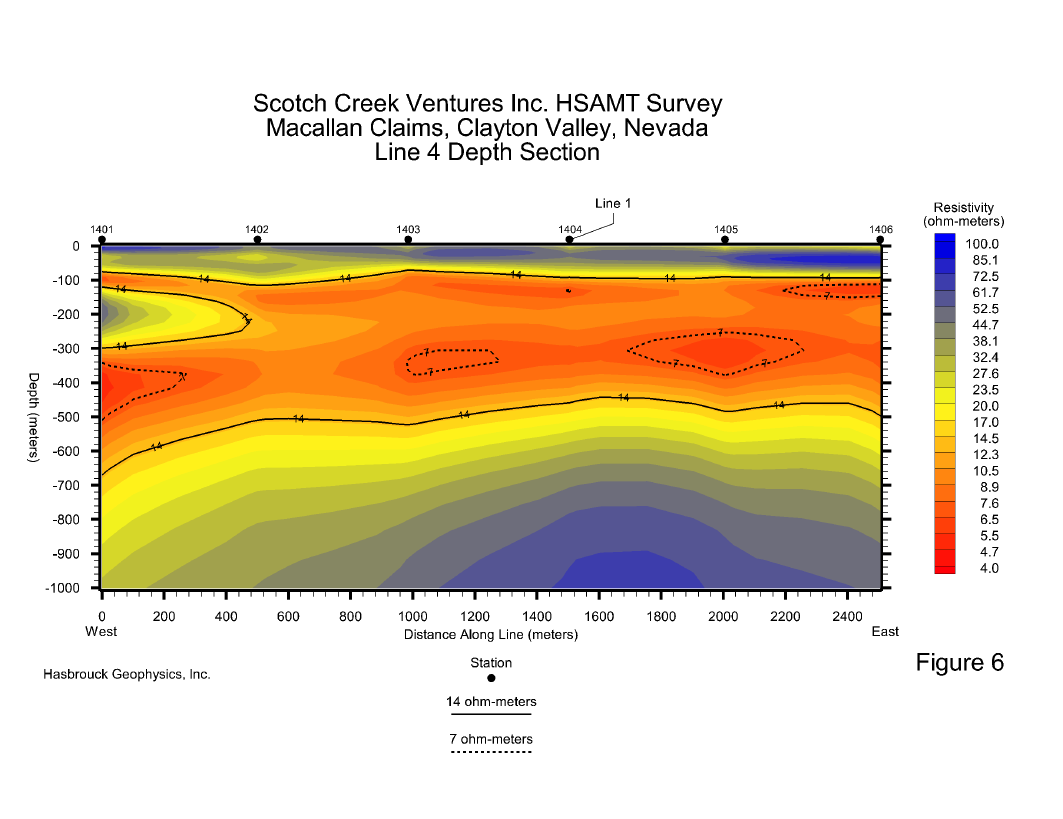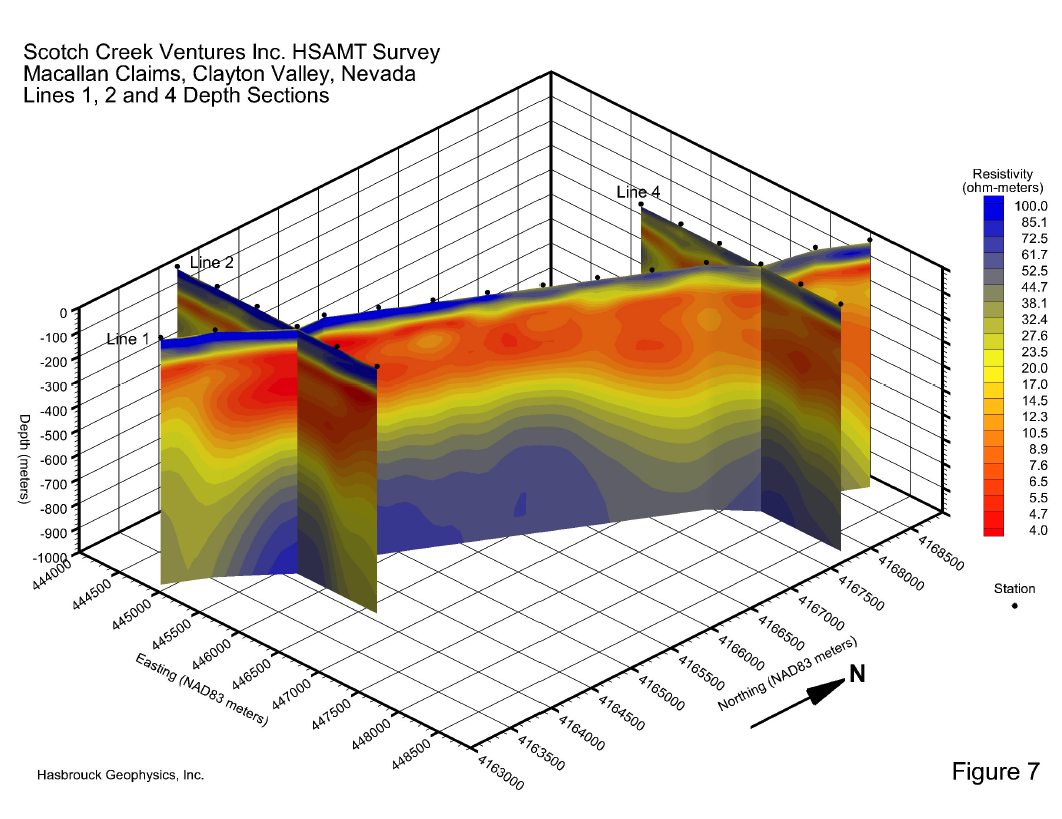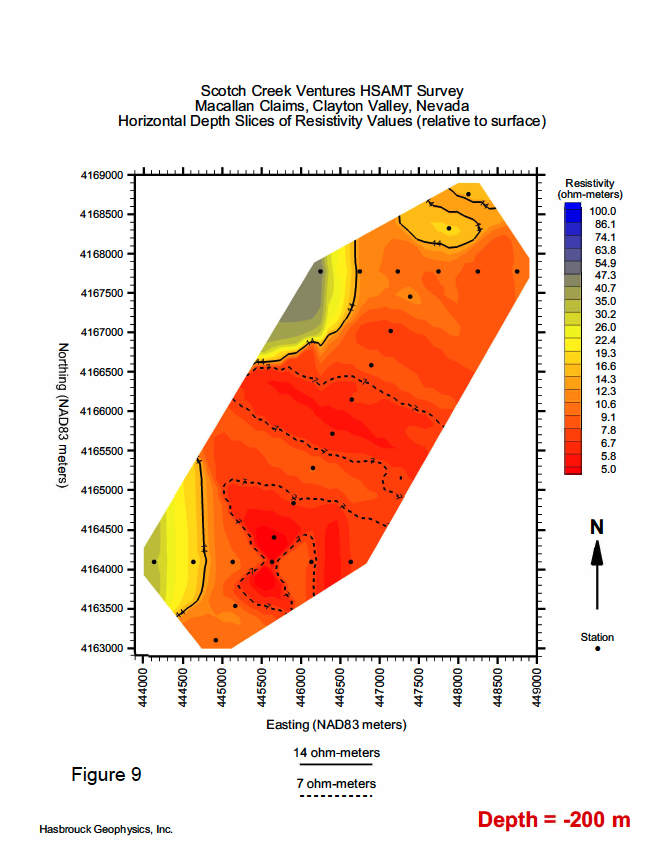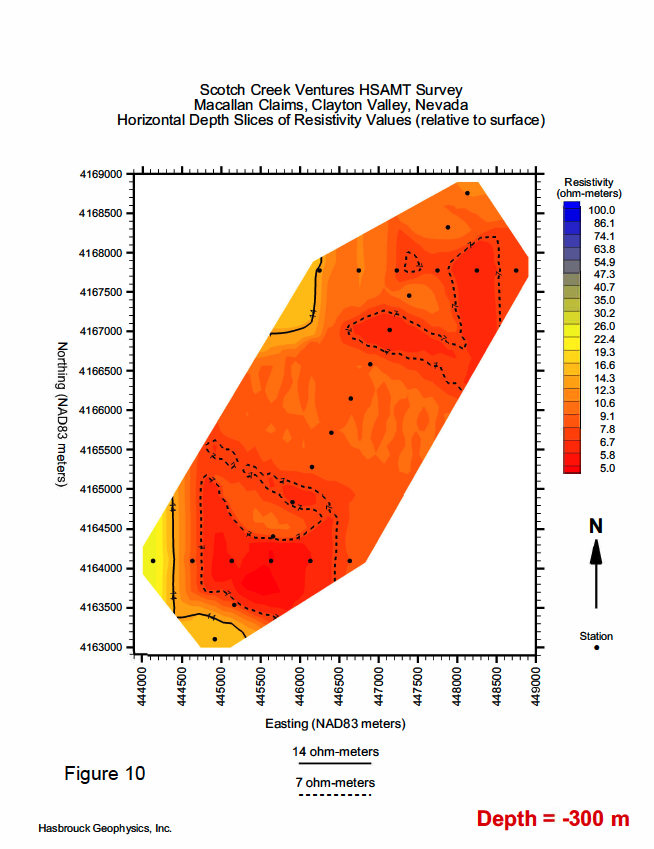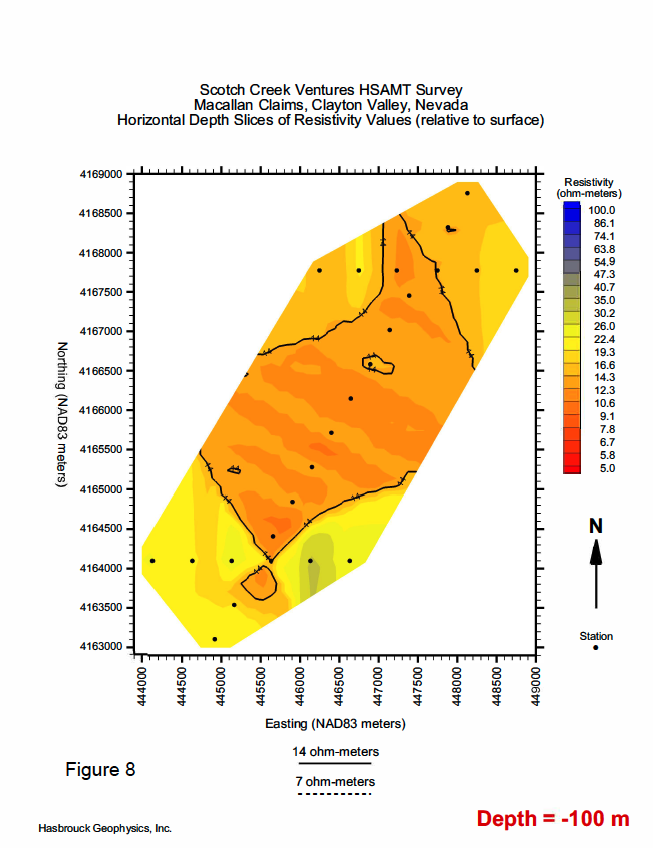
The Macallan Lithium Project is located in the Great Basin physiographic region and more precisely within the Walker Lane province of the western Great Basin. The mapped, surficial rock units covering the Macallan placer claims are also widespread to the north-northeast of the property where they occur as thin cover units lying directly on lithium mineralized lake bed sedimentary rocks. The oldest of these cover units is denoted as gravel unit Q2a, described as being of middle to late Pleistocene age. The age of this unit indicates that it lies stratigraphically directly above the brine target lake bed sedimentary and evaporite rocks targeted in the subsurface at Macallan. Clayton Valley is a flat-bottomed salt basin that is surrounded by a complex pattern of mountain ranges. Broad, low passes lead into the basin from the north and east (paved access). On the Macallan project itself, the terrain is dominated by flats and shallow gullies cut into indurated gravels of the Pleistocene age.
Scotch Creek Ventures Macallan claim block sits directly on trend with outcropping, lithium mineralized, volcanic ash-rich, basin lake bed sedimentary rocks which project towards the project area from the NNE. The projected presence of these mineralized units in the subsurface at Macallan strongly suggests that porous ash units, associated with these rocks elsewhere in the basin, should exist below the surface on the claims.

The Clayton Valley’s basin has collected, retained, and concentrated lithium for several million years, both into mineral brines and also stored within the upper section of lake bed mudstones, claystone, and evaporite rocks that in outcrop and in the subsurface along the eastern edge of the Clayton playa. This pile of mudstones is evidence of a significant brine lake that existed in the basin prior to final evaporation in the last 10,000 years. Both the lithium brines and lithium mudstones result from the evaporative concentration of lithium within a lake that is now gone.
The position of known brine and mudstone lithium resources shows that the margins of the basin are the preferential areas for lithium concentration in the Clayton Valley. The Macallan Lithium Project is located along a key portion of the eastern margin of the basin.
